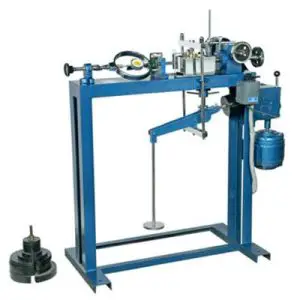The direct shear test has the following merits and demerits as compared to the triaxial compression test.
Merits of direct shear test
- The sample preperation is easy. The test is simple and convenient.
- As the thickness of the sample is relatively small, the drainage is quick and the pore pressure dissipates very rapidly. Consequently, the consolidated-drained and the consolidated-undrained tests take relatively small period.
- Direct shear test is ideally suited for conducting drained tests on cohesionless soils.
- The apparatus is relatively cheap.
Demerits of direct shear test
- The stress condition is known only at failure. The conditions prior to failure are indeterminate and, therefore, the mohr circle cannot be drawn.
- In direct shear test ,the stress distribution on the failure plane (horizontal plane) is not uniform. The stresses are more at the edges and lead to the progressive failure, like tearing of a paper. Consequently, the full strength of the soil is not mobilised simultaneously on the entire failure plane.
- The area under shear gradually decreases as the test progresses. But the corrected area cannot be determined and therefore, the original area is taken for the computation of stresses.
- The orientation of failure plane is fixed. This plane may not be the weakest plane.
- Control on the drainage conditions is very difficult. So, only drained tests can be conducted on highly permeable soils.
- The measurement of pore water pressure is not possible in direct shear test.
- The side walls of the shear box cause lateral restraint on the specimen and do not allow it to deform laterally.

